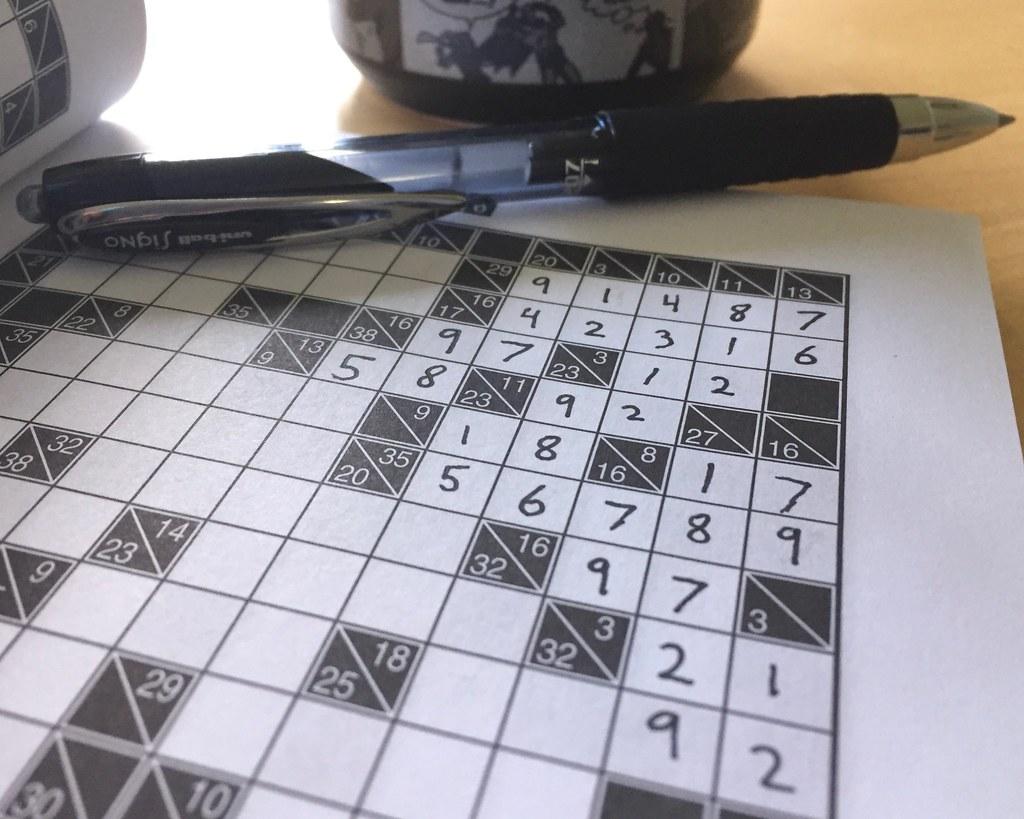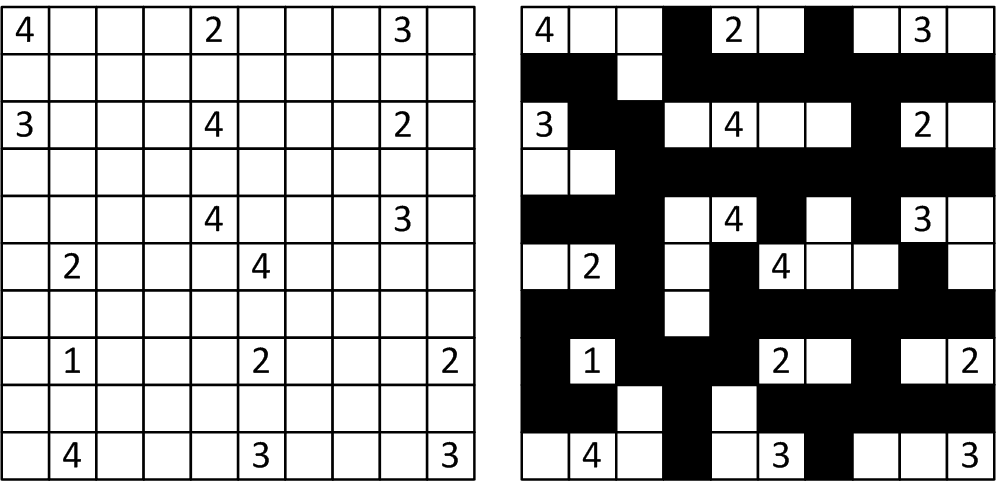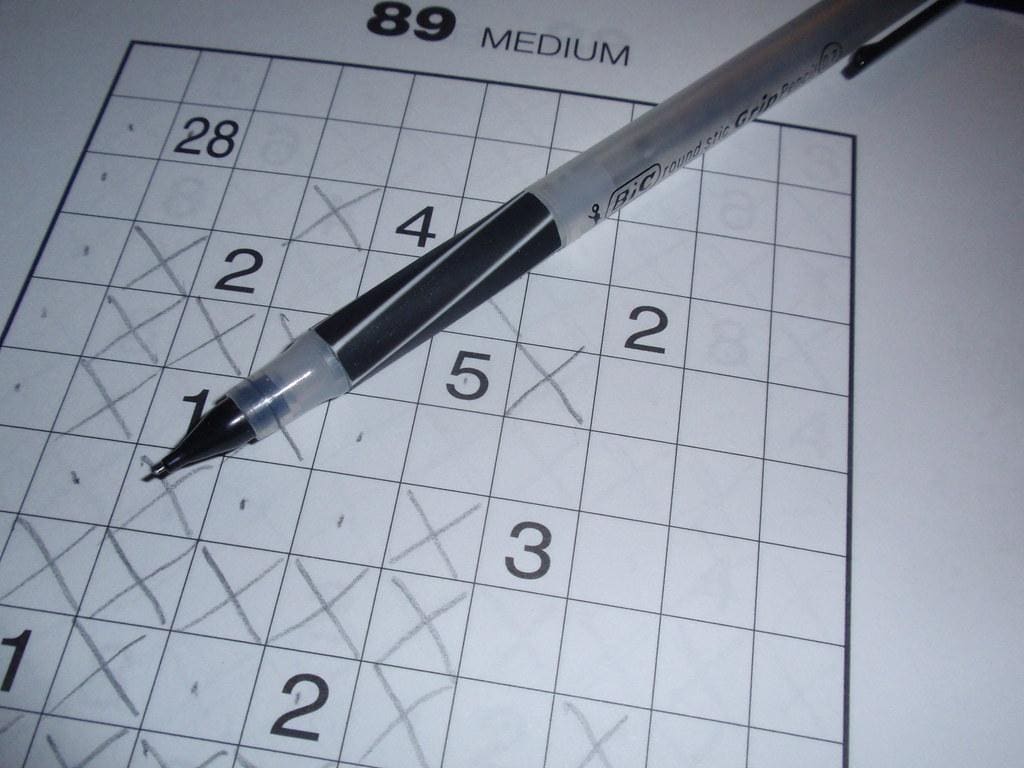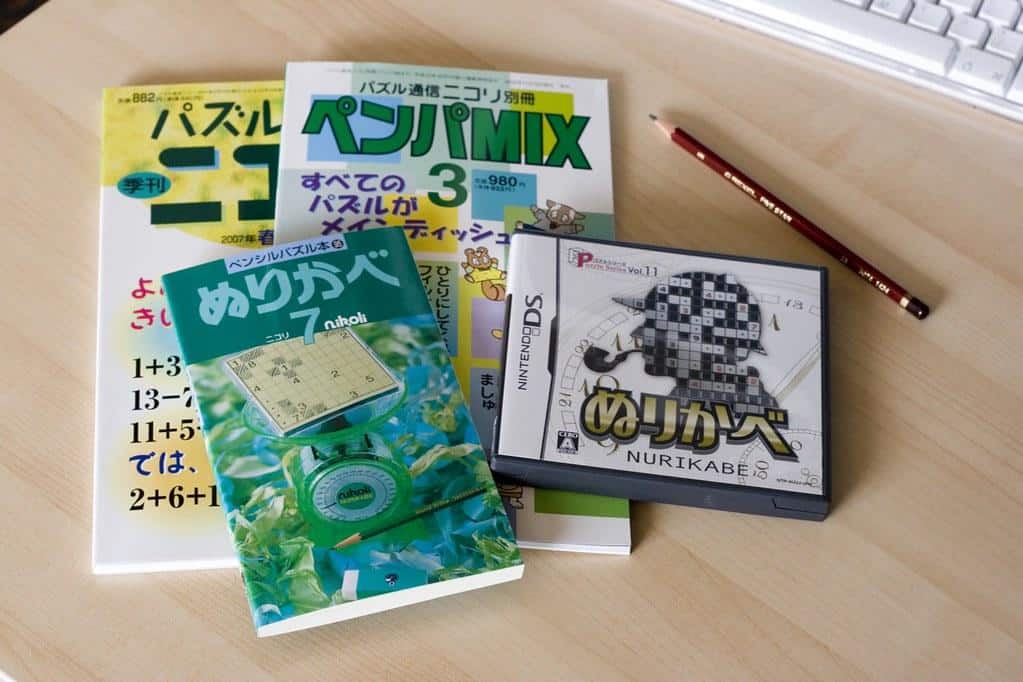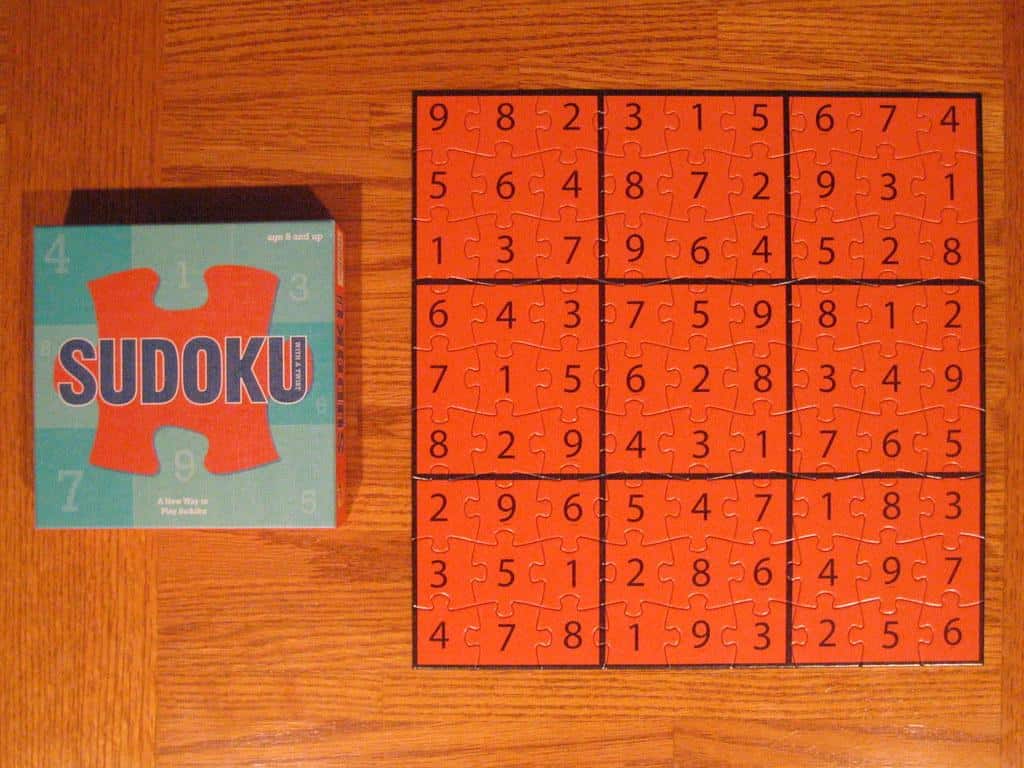Kakuro puzzles are a fun and challenging way to exercise your brain. They require a combination of logic, deduction, and mathematical skills to solve. If you’re new to Kakuro puzzles, you might find them a bit intimidating at first. But with practice and some tips, you can learn to solve them faster and more efficiently.
Solving Kakuro Puzzles
Start with the clues
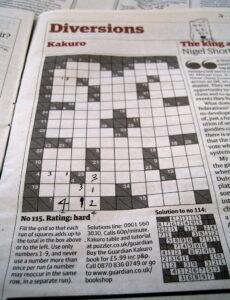
The first step in solving a Kakuro puzzle is to look at the clues. The clues are the numbers that are written in the squares at the top and left sides of the puzzle. Each clue represents the total of the numbers in the corresponding row or column. For example, if the clue is 6 and there are two squares in that row or column, then the two numbers must add up to 6.
Start by looking for the clues that have only one possible solution. For example, if the clue is 3 and there is only one square in that row or column, then the number in that square must be 3. Mark that square with a 3 to help you remember.
Next, look for the clues that have a limited number of solutions. For example, if the clue is 7 and there are three squares in that row or column, then the three numbers must add up to 7. The only possible solutions are 1-2-4 or 1-3-3. Mark those squares with those numbers to help you remember.
Starting with the clues can help you eliminate possible solutions for other squares in that row or column. It can also help you identify which squares have limited solutions, which can speed up the solving process.
Use logic to fill in the blanks
Once you’ve identified some of the numbers in the puzzle, you can use logic to fill in the blanks. For example, if you know that a row or column has two squares and the clue is 6, you can eliminate any numbers that add up to more than 6. You can also eliminate any duplicate numbers, as each number can only appear once in each row or column.
Another useful logic technique is to look for patterns. For example, if you see a row or column with a clue of 9 and three squares, and you know that two of the squares are 1 and 2, then the third square must be 6. Look for patterns like this to help you solve the puzzle faster.
Keep track of the numbers
As you solve the puzzle, it’s important to keep track of the numbers you’ve already used. You don’t want to accidentally repeat a number in the same row or column, as that would invalidate the puzzle.
You can use a pencil and eraser to write down the numbers you’ve used in each row and column. This can help you avoid mistakes and make it easier to spot patterns.
Use trial and error
Sometimes, even with the clues and logic, you might get stuck on a particular square. In those cases, it’s okay to use trial and error to figure out the solution.
Start with the most limited possibilities first. For example, if a square has a clue of 8 and two squares in that row or column, and you know that one of the squares is 5, then the other square must be 3. If you’ve tried all the logical possibilities and you’re still not sure, you can try filling in the square with one of the remaining numbers and see if it leads to a contradiction. If it does, then you know that number is not the solution and you can try the other remaining numbers.
Practice, practice, practice
As with any skill, the more you practice, the better you’ll get at solving Kakuro puzzles. Set aside some time each day to work on a puzzle, and challenge yourself with puzzles of increasing difficulty.
You can find Kakuro puzzles in puzzle books, newspapers, and online. There are also apps and websites that generate new puzzles every day.
Practice not only helps you get faster at solving puzzles, but it also helps you develop your problem-solving skills. You’ll start to recognize patterns and techniques that can be applied to other puzzles, and you’ll be able to solve puzzles more efficiently.
Kakuro puzzles are a great way to exercise your brain and have fun at the same time. By starting with the clues, using logic to fill in the blanks, keeping track of the numbers, using trial and error, and practicing regularly, you can improve your ability to solve Kakuro puzzles faster and more efficiently. So grab a puzzle book, pencil, and eraser, and start challenging yourself today!
Keywords: Kakuro puzzles, logic, deduction, mathematical skills, clues, trial and error, problem-solving, patterns, practice.
Check out FoodieScapes for articles on growing and preparing food.
Check out StoryScapes for articles on creative writing.
Subscribe to our newsletter to get information delivered to your inbox on homesteading, growing food, food preparation, travel, fishing, and more.







